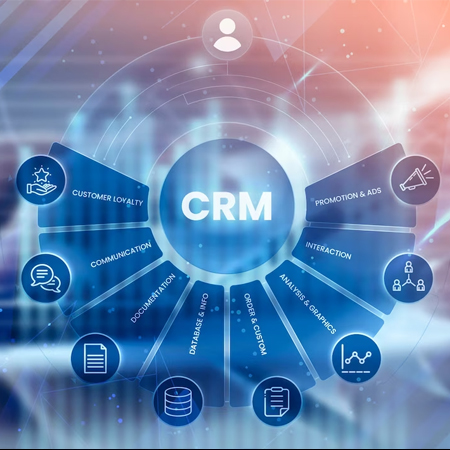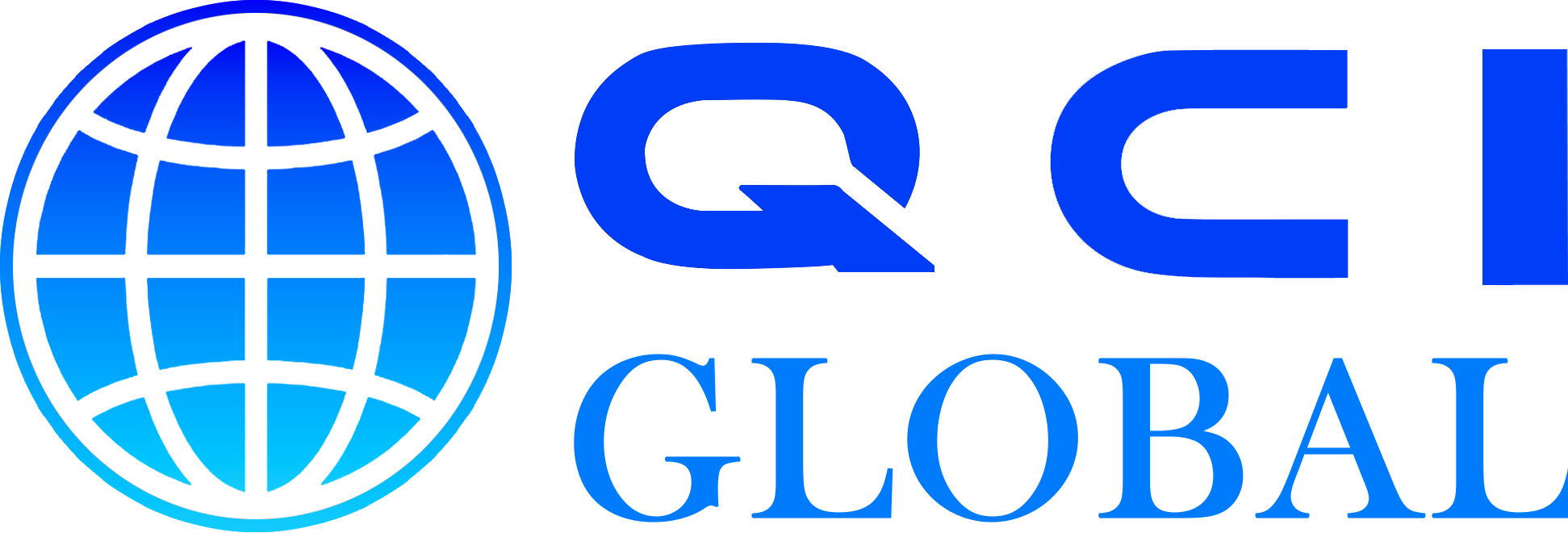ISO 45001 Occupational Health and Safety Management System
ISO 45001 is a globally recognized standard that outlines the requirements for establishing an effective Occupational Health and Safety Management System (OHSMS). It provides organizations with a structured framework to identify, assess, and manage health and safety risks in the workplace, ultimately improving employee well-being and overall workplace safety.
By implementing this standard, organizations can foster a safer and healthier work environment, safeguard employees from physical and mental health hazards, and reinforce their commitment to promoting a culture of safety and care within the workforce.

Today’s environment is filled with intense scrutiny but being competitive means never standing still.
QCI Global helps you see a way forward so you can advance confidently.
What are the benefits of ISO 45001:2018?
Meet Compliance Requirements
ISO 45001 offers a systematic and proactive approach to monitoring and meeting legal and regulatory obligations related to occupational health and safety (OHS), helping organizations remain compliant and avoid penalties.
Demonstrate Your Commitment to OHS Improvement
By actively applying the principles of ISO 45001, organizations showcase their dedication to improving workplace safety. This commitment not only enhances brand reputation but also demonstrates proactive risk management, regulatory compliance, and a culture of continuous improvement.
Reduce Operational Downtime
Addressing workplace hazards, reducing occupational health and safety risks, and prioritizing employee well-being, both physical and mental, lead to significant advantages. These include improved employee morale, reduced absenteeism, minimized disruptions, and stronger overall performance. ISO 45001 delivers a well-defined structure to help organizations achieve these outcomes.
What Is It?
An Occupational Health and Safety Management System (OHSMS), such as ISO 45001, plays a pivotal role in fostering a safe and healthy work environment. It provides a systematic process for identifying risks, implementing controls, and seizing opportunities to enhance occupational safety performance.
By adopting and maintaining ISO 45001, organizations effectively address critical aspects of worker protection, legal accountability, ethical obligations, and employer duty of care, building a resilient and safety-driven workplace culture.
All organizations currently certified to OHSAS 18001, have until 11 March 2021 to successfully migrate to ISO 45001, to retain certification.
You can migrate:
- During your next surveillance audit
- During your next recertification audit
- At a special audit Learn how to migrate successfully here
ISO 45001, organizations can enhance their OHS performance, protect their employees’ health and well-being, and demonstrate their commitment to maintaining a safe working environment.
Considering both internal and external issues, and involving workers and interested parties, the organization can develop a comprehensive OHSMS that operates holistically within the organization’s overall management framework.
Critical to the success of the OHS management system, top management are responsible and accountable for the prevention of work-related injury and ill health as well as establish, implement, maintain and improve the OHS policy. They are responsible for establishing, implementing, maintaining, and improving the OHS management system (OHSMS). This includes setting the OHS policy, defining objectives, and allocating necessary resources for its effective implementation.
Planning is a crucial aspect of the ISO 45001 standard. The organization must take a proactive approach to identify and address both risks and opportunities that could impact the performance of its occupational health and safety (OHS) management system.
Supporting the OHS management system with the necessary resources is crucial for its successful establishment, implementation, maintenance, and continuous improvement.
Planning, implementing, controlling, and maintaining processes is a critical aspect of the OHS management system to meet its requirements effectively.
The organization needs to monitoring, measuring, analyzing, and evaluating the performance of the OHS management system is crucial to ensuring its effectiveness and identifying areas for improvement.
Culture of continuous improvement, the organization can adapt to changing OHS needs, respond to emerging risks, and drive ongoing enhancements in OHS performance.
Next Steps
We can help your organization with your ISO 45001 certification requirements.
Start
- Purchase the ISO 45001 Standard
- Undertake training to build expertise.
Implement
- Contact QCI Global to discuss requirements, timeframes and costs.
- Perform an optional pre-assessment
- Perform a gap analysis.
Certify
- Undertake a Stage 1 audit
- Complete a detailed Stage 2 audit
- Upon successful certification, display the ‘Five Ticks’ StandardsMark™
Maintain
- Conduct annual Surveillance Audits
- Recertify to ISO 45001 every three years
- Establish a continual improvement culture
Optimize
- Market for brand and promotional benefits
- Optimize commercial teams
- Ensure shareholder and stakeholder awareness

Evaluate Your Readiness to ISO 45001:2018
This Gap Analysis toolkit will help you evaluate the compliance of your existing OHSMS to ISO 45001:2018.
Download NowISO 45001 Courses & Training
Explore the range of ISO 45001 courses we have on offer through QCI Global Learning.
Related Services
In addition to the services mentioned earlier, there are several related services that can further support improving business excellence maturity and sustainable business practices. These services include:






